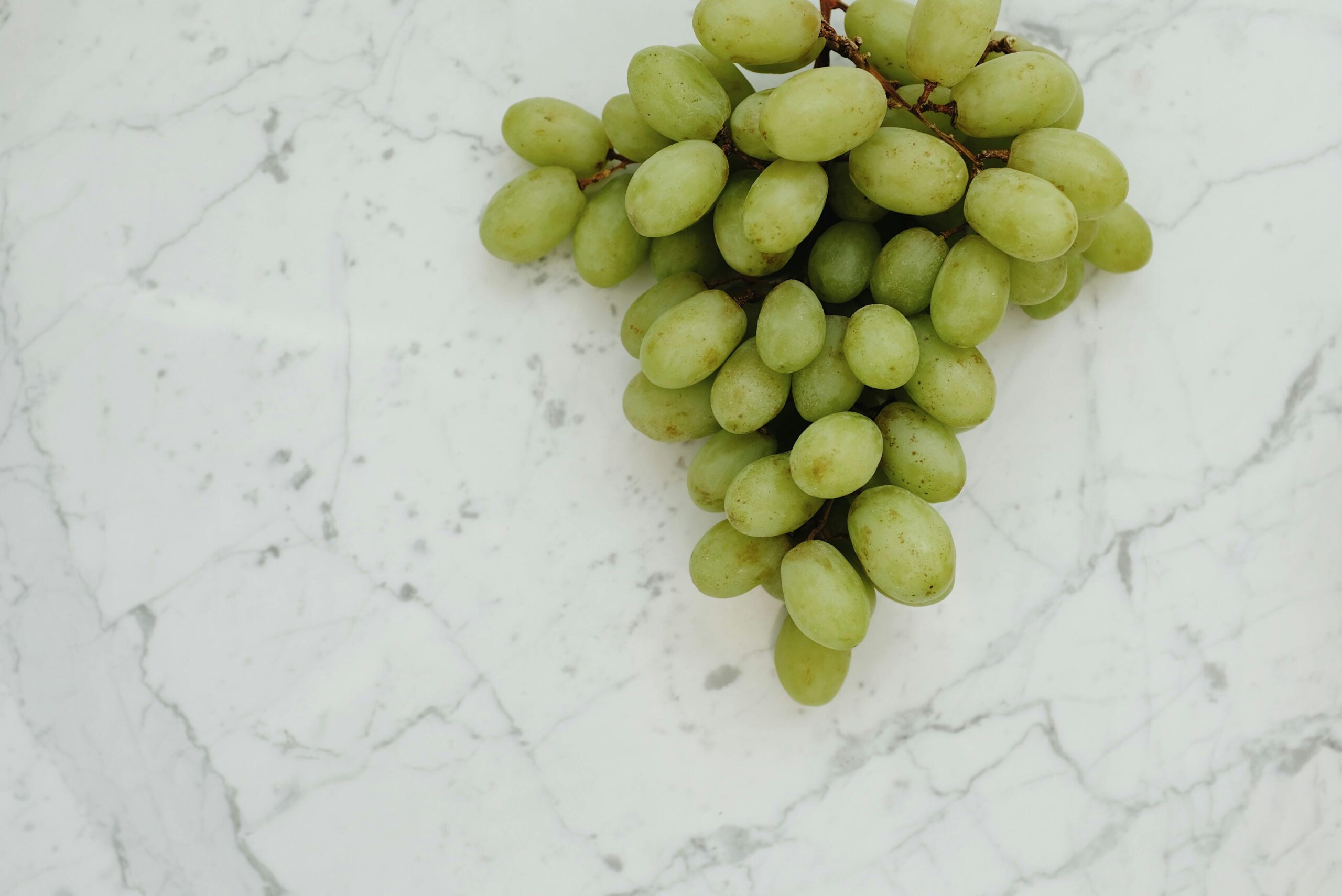Grape agate, a unique and captivating gemstone, has gained popularity in the world of jewelry and gemstone enthusiasts for its distinct appearance and mesmerizing color variations. In this article, we delve into the diagnostic properties of grape agate, exploring its physical characteristics, geological formation, optical properties, and common inclusions. By understanding the key features and tests associated with grape agate, readers can enhance their knowledge of this alluring gemstone and learn to differentiate it from potential imposters.
Introduction to Grape Agate
What is Grape Agate?
Grape Agate is a unique and captivating variety of chalcedony known for its clusters of tiny, round formations that resemble bunches of grapes. This gemstone is favored for its whimsical appearance and soothing energy.
Historical Significance of Grape Agate
While Grape Agate may not have a long documented history, its popularity has grown in recent years among crystal enthusiasts and collectors. Its calming properties are believed to promote relaxation and inner peace.
Physical Characteristics of Grape Agate
Color Variations
Grape Agate typically ranges in color from soft lavender to deep purple, with occasional hues of green or white. The clusters may exhibit variations in shade, adding to the stone’s visual appeal.
Texture and Surface Features
The surface of Grape Agate is often bumpy or nodular, resembling a cluster of grapes. Its texture can be smooth or slightly rough, depending on the specimen. This unique texture adds to the stone’s tactile allure.
Geological Formation of Grape Agate
Formation Process
Grape Agate forms in volcanic rock cavities through a process called botryoidal crystallization. Over time, silica-rich water seeps into the cavities, depositing layers of chalcedony that eventually crystallize into grape-like formations.
Locales and Occurrence
Grape Agate is primarily found in Indonesia, specifically in the Mamuju area of Sulawesi. Other sources include Uruguay and Russia. The gemstone’s rarity and distinctive appearance make it a sought-after addition to mineral collections.
Optical Properties of Grape Agate
Translucency and Luster
Grape Agate is known for its semi-translucent to opaque appearance, allowing light to pass through its clustered formations. The stone exhibits a gentle sheen or waxy luster, enhancing its visual appeal.
Internal Structures and Patterns
When sliced or polished, Grape Agate reveals intricate patterns and structures within its formations. These internal details add depth and complexity to the stone, making each piece a unique natural work of art.Diagnostic Tests for Grape Agate
So, you think you’ve stumbled upon some grape agate, huh? Before you start calling all your friends in excitement, let’s run some tests to confirm its identity.
Identification Techniques
Identification techniques for grape agate can include simple tests like visual inspection under a magnifying glass or microscope. You can also try using a UV light to check for fluorescence or conducting a specific gravity test. Just don’t forget your lab coat and safety goggles for that extra scientist flair!
Distinguishing Grape Agate from Similar Minerals
Grape agate might have some sneaky look-alikes trying to steal its spotlight. To avoid any cases of mistaken identity, pay attention to its distinctive characteristics like its grape-like clusters, translucent to opaque appearance, and characteristic color patterns. Don’t let those imposters fool you!
Common Inclusions and Imposters of Grape Agate
Let’s dive deeper into the world of grape agate and explore what’s lurking inside and around it.
Natural Inclusions in Grape Agate
Grape agate isn’t always all about those beautiful grape-like structures. It can also contain natural inclusions like quartz crystals, calcite, or even chalcedony. These inclusions can add a unique touch to each piece, making them even more special.
Common Minerals Mistaken for Grape Agate
Watch out for those tricksters trying to pass themselves off as grape agate! Minerals like chalcedony, botryoidal chalcedony, and mtorolite might try to confuse you. Remember, grape agate stands out with its distinct grape-like appearance and vibrant colors. Trust your gut (and your gemological knowledge)!
Uses and Significance of Grape Agate in the Jewelry Industry
Now that you’ve confirmed your gem is indeed grape agate, let’s talk about how this beauty shines in the jewelry world.
Gemstone Applications
Grape agate isn’t just a pretty face; it also makes stunning jewelry pieces. From rings to pendants, grape agate’s unique patterns and colors add a touch of whimsy and elegance to any accessory. So go ahead, wear your grape agate with pride!
Market Trends and Value Factors
As with any gemstone, market trends and value factors can influence the price and demand for grape agate. Factors like color intensity, clarity, and size can all play a role in determining the value of a grape agate piece. Keep an eye on the market trends to stay ahead in the grape agate game!In conclusion, the diagnostic properties of grape agate provide a fascinating insight into the world of gemology, highlighting the intricate details and unique qualities that make this gemstone a prized addition to jewelry collections. Whether admired for its vibrant colors, natural formations, or optical allure, grape agate continues to captivate individuals with its charm and beauty, making it a cherished gemstone in the realm of jewelry design and appreciation.





















